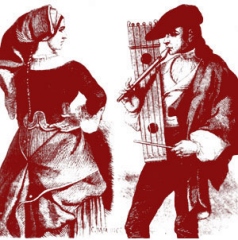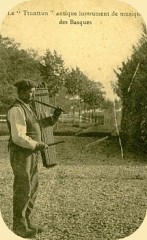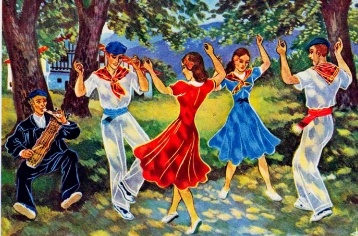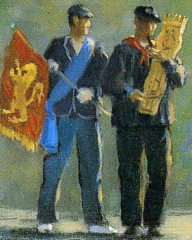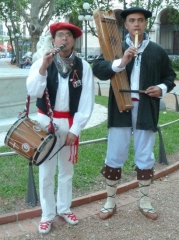"the first txistulari hired in Bilbao are from the 15th century, we are very much alive today".
Formerly txistus were made of bone or wood, and although they can now be made of plastic or metal, it is more
common for them to be wooden. The txistu player or txistulari, plays mostly dance music, at popular festivities
and in village squares, participating as master of ceremonies in rural areas and in religious processions and official
protocols. Nowadays, the txistu, whose tuning and technique have evolved, is taught and studied at official music schools.
For more details of Basque txistularis today go here. |
1837 RECOLLECT1ONS OF A RAMBLE THROUGH THE BASQUE PROVINCES IN 1836-7. Part III.
Village Fetes and Diversions of the Basques
“…The Zorcicaa and other dances are Basque; the music
the Basque pipe and tabor, of which the harsh and monotonous sounds end by becoming pleasing to the ear…”
Blackwood's Edinburgh Magazine |
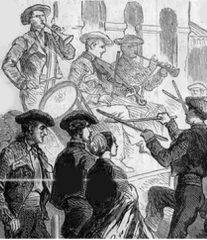 1861 French Basque, playing for 'dance of sticks' 1861 French Basque, playing for 'dance of sticks' |
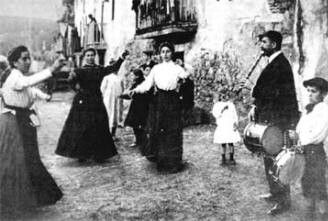 early 20th century photograph early 20th century photograph |
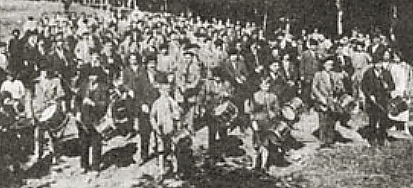 1923 meeting of players 1923 meeting of players |
|
| |
|
 1960's parade 1960's parade |
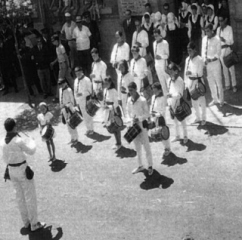 1965 outside church 1965 outside church |
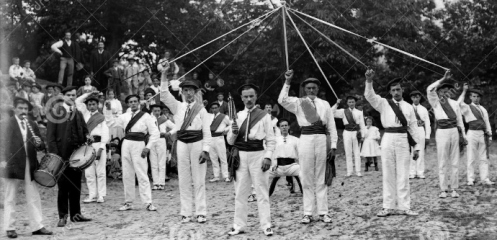 Bergara Village, ribbon dance Bergara Village, ribbon dance |
|
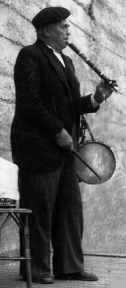 source source |
 1937 soldier 1937 soldier |
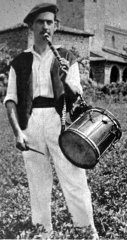 player player |
 1961 postcard, France 1961 postcard, France |
|
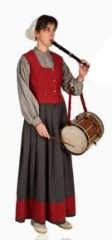 1984 France 1984 France |
|
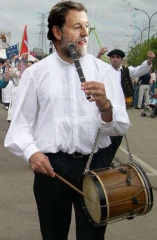 2015 2015 |
|
|
|
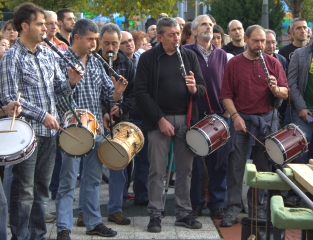 2013 musicians 2013 musicians |
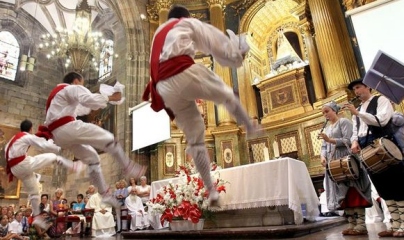 2014 religious service Bilbao 2014 religious service Bilbao |
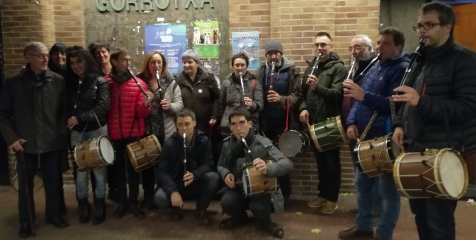 2019 Durangaldeko Jaizaleak band 2019 Durangaldeko Jaizaleak band |
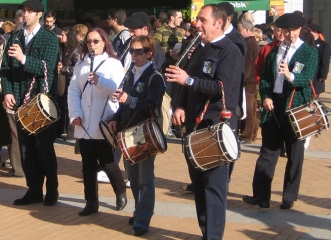 band from Leioa band from Leioa |
 2020 street entertainment in Barakaldo, Chistularis 2020 street entertainment in Barakaldo, Chistularis |
|
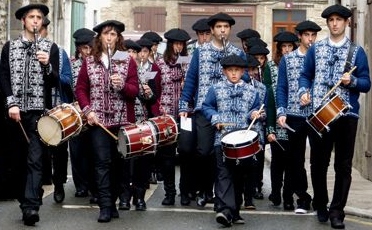 band all wearing the cardigan from Texartu Textile Studio band all wearing the cardigan from Texartu Textile Studio |
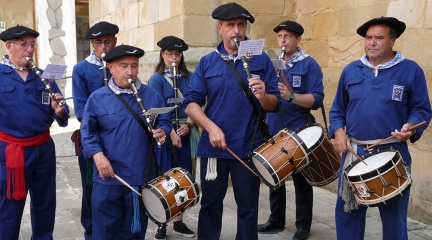 2013 2013 |
| |
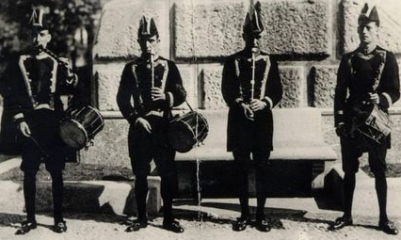 Portugalete, Bizkaia, País Vasco Portugalete, Bizkaia, País Vasco |
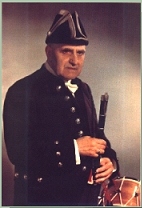 |
Isidro Ansorena Eleizegi (1893-1975)
was first txistulari of the Municipal Band of San Sebastián all his life from the age of 14. ... He was the one who introduced the txistu in the Conservatory of San Sebastián, thus laying the basis for its officialization... The txistus that he made were distinguished by their sweetness of sound and the tightest tuning. |
|
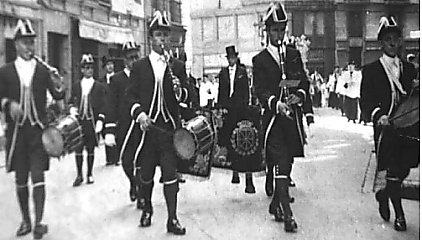 1943 Pamplona 1943 Pamplona |
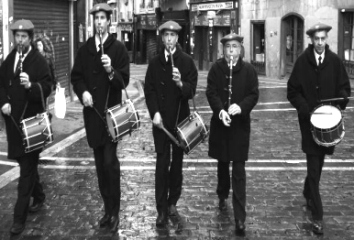 Pamplona town band Pamplona town band |
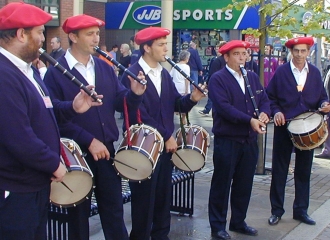 Banda de Txistularis Municipal de Pamplona playing in 2001 at the Banda de Txistularis Municipal de Pamplona playing in 2001 at the
annual
Symposium of The Taborers Society |
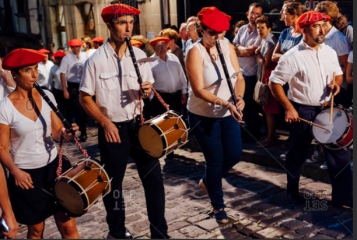 2014 Hondarribia, Spain 2014 Hondarribia, Spain |
|
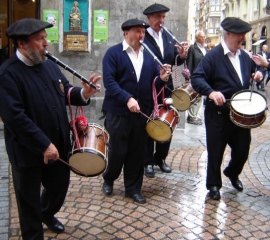 21st century source 21st century source |
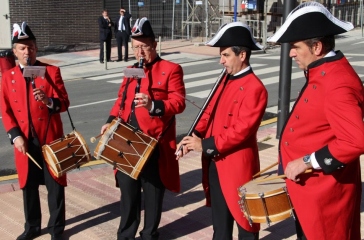 2020 Barakaldo band 2020 Barakaldo band |
|
